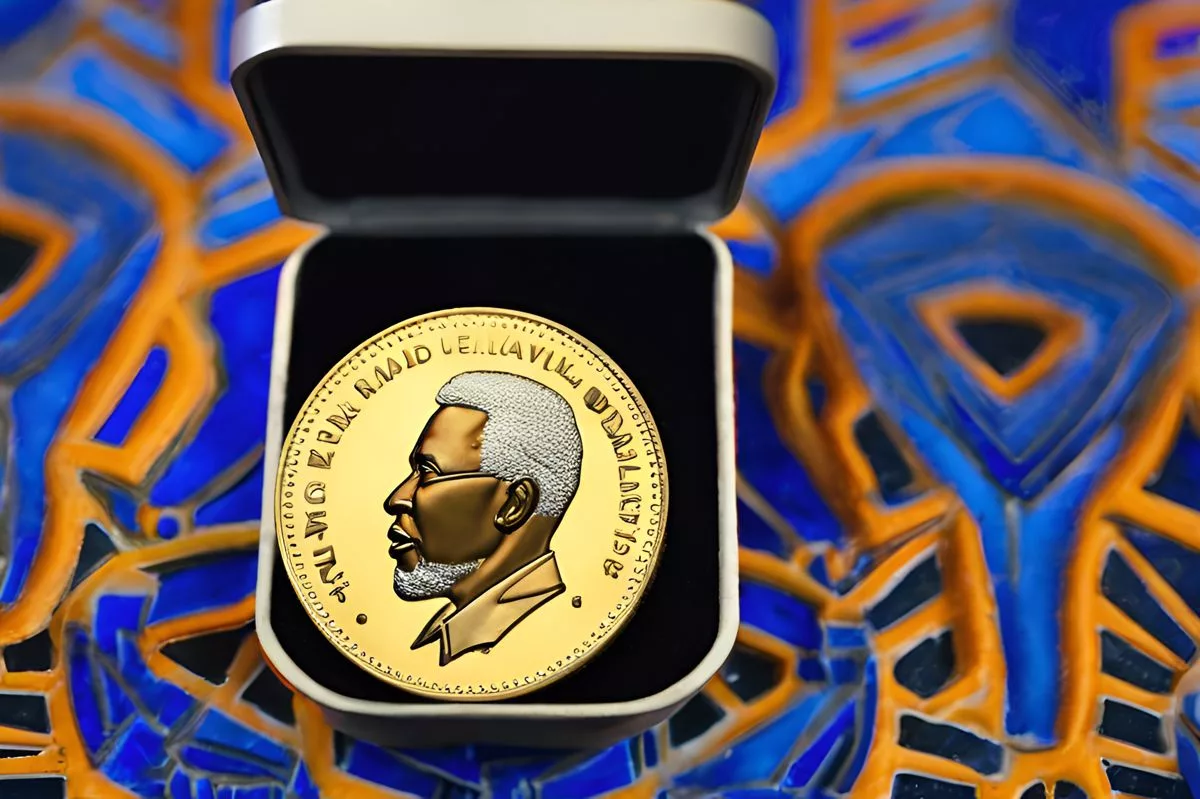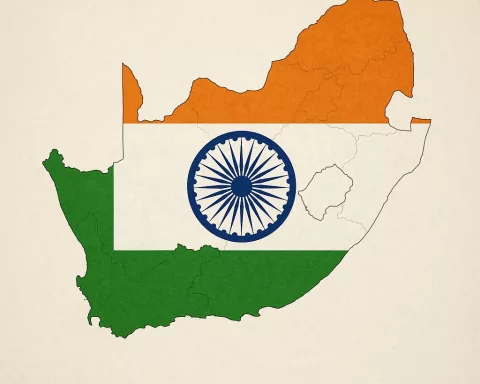The R5 Mandela coin, released in 2008, maintains its face value of R5 according to the South African Reserve Bank (SARB), despite collectors potentially paying a premium for commemorative coins. However, some individuals believe that well-kept R5 Mandela coins can command up to R200 each, sparking a debate on its worth. SARB distinguishes between standard circulation coins, commemorative circulation coins, and collectors’ coins, with the latter’s worth dictated by the collectors’ market rather than their face value.
What is the value of the R5 Mandela Coin?
According to the South African Reserve Bank (SARB), the R5 Nelson Mandela coin released in 2008 maintains its face value of R5, despite any symbolic connotations. While collectors may pay a premium for commemorative coins, SARB does not assign any value beyond face value. Collectors’ coins, on the other hand, belong to a distinct category whose worth is dictated by the collectors’ market. SARB advises interested buyers to conduct research and understand the differences between standard circulation coins, commemorative circulation coins, and collectors’ coins.
The R5 Mandela Coin and its Value
South African coin collection is a vibrant field, with the Nelson Mandela Centenary R5 coin released in 2018, taking center stage. The commemorative coin was issued to celebrate the esteemed former president’s 100th birth anniversary. Its purported fiscal value has sparked numerous heated discussions. A TikTok post from @landonhistory earlier this year brought attention to this debate, alleging that a similar coin fetched an impressive R6 700 at the Bassani Auction House. Circumstantial evidence indicates that well-kept R5 Mandela coins can command up to R200 each. This has led some individuals to accumulate these coins, hoping for substantial monetary returns.
Nonetheless, this perspective is not universally endorsed. The South African Reserve Bank (SARB) takes a more realistic view.
The Official Position on the R5 Mandela Coin
According to SARB, the R5 Nelson Mandela coin released in 2008 to mark Mandela’s 90th birthday maintains its face value of R5, despite any symbolic connotations.
In a formal declaration, SARB expressed their position, “While a collector might be prepared to pay a premium for such a commemorative coin, SARB does not assign any value to these coins beyond their face value.” This viewpoint arises from SARB’s interpretation of its duty in releasing commemorative circulation coins as part of their currency production function. The objective is to pay tribute to influential individuals or pivotal events, not necessarily to generate collectables.
Commemorative circulation coins, including the R5 Nelson Mandela coin, are produced in large quantities and remain available to the public at face value. Conversely, collectors’ coins belong to a distinct numismatic category whose value is fueled by their scarcity and the collectors’ market dynamics.
Collectors’ Coins and their Distinction
The South African Mint (SA Mint), a SARB subsidiary, manufactures these numismatic collectors’ coins. They include the Natura coin series and the Krugerrand series, along with limited-edition commemorative coins. Unlike conventional commemorative coins, these collectors’ coins are typically housed in capsules and accompanied by authenticity certificates. Their worth is dictated by the collectors’ market rather than their face value.
SARB advocates for prospective collectors and interested buyers to conduct comprehensive research and make price comparisons before investing in a coin. It is essential to understand the differences between standard circulation coins, commemorative circulation coins, and collectors’ coins.
It’s crucial to remember that a coin received as change is a circulation coin, and its value equates to its face value alone. For example, the R5 Griqua Town commemorative circulation coin is worth only R5. It is neither a collector’s piece nor an investment opportunity.
The discourse surrounding the R5 Mandela coin provides a glimpse into the intriguing realm of numismatics, where a coin’s monetary worth is a sophisticated blend of its face value, collector’s interest, and market trends. This emphasizes the need for a sophisticated understanding of coins, their classifications, and their potential significance.
Can the R5 Mandela Coin be sold for more than its face value?
While some individuals believe that well-kept R5 Mandela coins can command up to R200 each, the South African Reserve Bank (SARB) maintains that the coin’s value is only its face value of R5. The worth of commemorative circulation coins like this one is dictated by the collectors’ market rather than their face value.
What is the difference between standard circulation coins, commemorative circulation coins, and collectors’ coins?
Standard circulation coins are the coins that are commonly used in daily transactions and can be obtained from banks or vending machines. Commemorative circulation coins are made in honor of significant individuals, events, or milestones and are produced in large quantities to be distributed to the public at face value. Collectors’ coins, on the other hand, are manufactured in smaller quantities for the sole purpose of being held as collectibles and their worth is largely dictated by the collectors’ market.
Is the R5 Mandela Coin a collectors’ coin?
The R5 Mandela coin is not considered a collectors’ coin but rather a commemorative circulation coin. Collectors’ coins are usually manufactured in smaller quantities, housed in capsules, and accompanied by authenticity certificates.
Who manufactures collectors’ coins in South Africa?
The South African Mint, a subsidiary of the South African Reserve Bank, manufactures collectors’ coins such as the Natura coin series and the Krugerrand series, along with limited-edition commemorative coins.
Should I invest in the R5 Mandela Coin?
SARB does not recommend investing in commemorative circulation coins, such as the R5 Mandela coin, as they are not designed to be collectibles or investment opportunities. Their primary purpose is to pay tribute to influential individuals or pivotal events.
How can I determine the worth of a coin?
The worth of a coin is determined by factors such as its face value, rarity, condition, and collector’s interest. Interested buyers should conduct comprehensive research and price comparisons before investing in a coin. SARB advises understanding the differences between standard circulation coins, commemorative circulation coins, and collectors’ coins.








